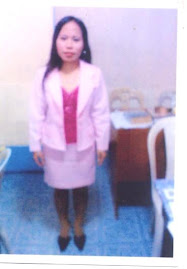Elements of a Short Story
Parameters of a short story: much briefer than a novel and it has fewer characters and situations.
Characters and how we get to know them:
1. Through the author’s physical description of them
2. Their actions
3. Their words
4. Their inner thoughts
5. Through what other characters say and think about them
Plot – A pattern of events that develops from the interactions between characters.
A plot is a pattern of events in a cause and effect relationship.
1. Cause – Things that make something happen.
2. Effect – What happens because something was done.
Conflicts – The problems the characters encounter. Their conflicts can be:
1. External – conflict with others and with nature
2. Internal – conflict within themselves
Setting – Time and place of the story
Theme – The meaning behind the events and the characters’ actions.
Plot Outline:
1. Exposition: the background or introductory information that the reader must have in order to understand the story.
2. Rising Action – all of the events that take place leading up to the climax.
3. Climax – The turning point. Here the story is turned in a different direction, toward the conclusion, which is the wrapping up of the story.
4. Falling Action – The immediate reaction to the climax.
5. Denouement – The conclusion of the plot. Loose ends are tied up.










.jpg)







No comments:
Post a Comment